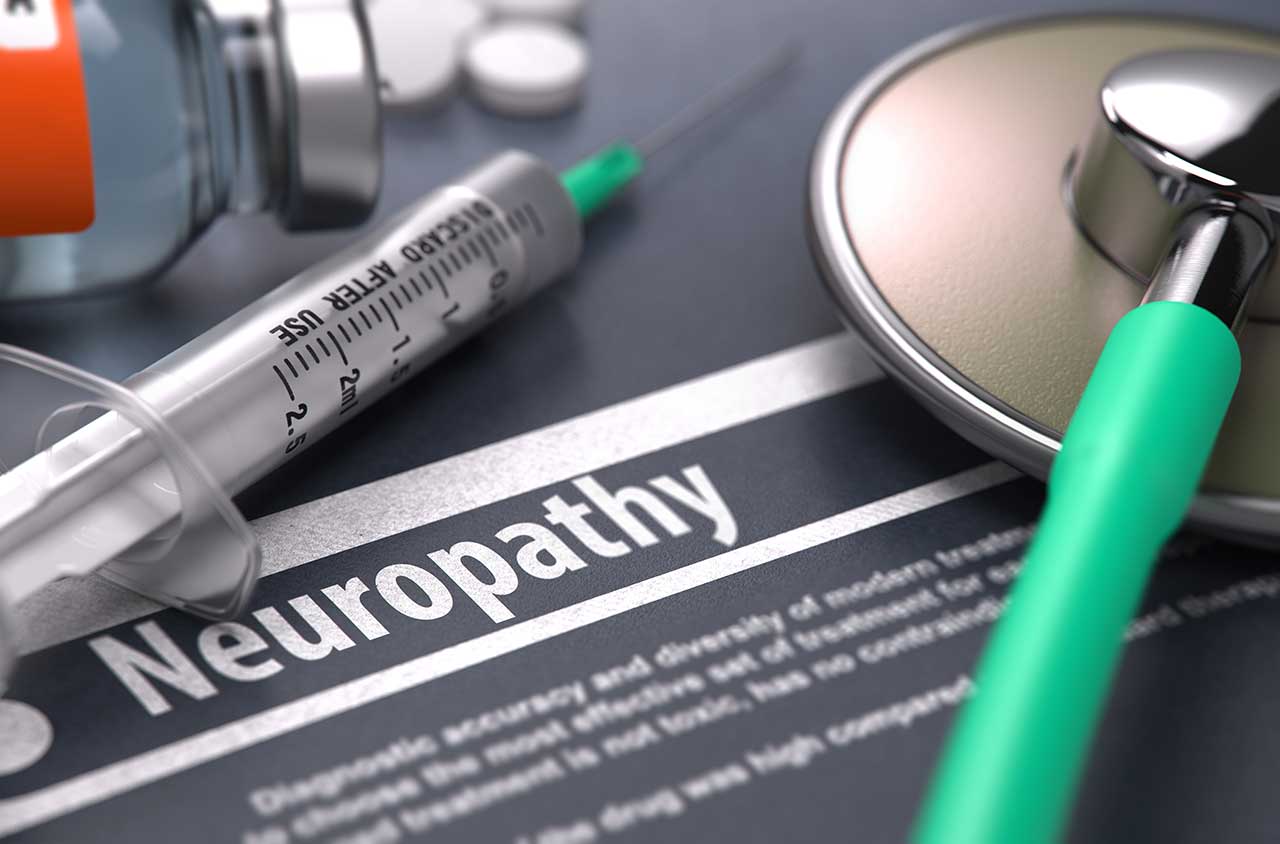As discussed in our earlier blog post, a January 2016 study by Dr. Marc Wilkenfeld of Winthrop University Hospital found that individuals exposed to WTC dust, or 9/11 toxins, are fifteen times more likely to suffer from peripheral neuropathy (nerve damage) than the general population.
Despite the findings of the Winthrop University study, the World Trade Center Health Program declined to add peripheral neuropathy to its list of conditions eligible for treatment. An FDNY member petitioned the WTC Health Program Administrator, Dr. John Howard, to recognize peripheral neuropathy as a condition caused by exposure to WTC dust, or 9/11 toxins. The petition relied, in part, on the Winthrop University study.
Now, Dr. Wilkenfeld, along with other researchers, published a follow-up study in the Journal of Occupational and Environmental Medicine, which found that 56% of patients exposed to WTC dust, or 9/11 toxins, suffer from peripheral neuropathy (nerve damage). The researchers found no independent cause of peripheral neuropathy other than the fact all subjects had been exposed to WTC dust or 9/11 toxins.
Dr. Wilkenfeld commented on the study: “The health of 9/11 responders is an ongoing story. That toxic brew had effects on all aspects of health. Part of this is getting people the care they deserve and the other part of it is the science.”
Dr. Jacqueline Moline, Director of the Queens World Trade Center Health Program clinic at Northwell Health commented that she has observed peripheral neuropathy in her patients as well. Dr. Moline further commented: “There were 150 different compounds and we don’t know how they interacted. I think we have to be open-minded about what might have happened in the aftermath.”
In declining the January petition for coverage of peripheral neuropathy, WTC Health Program Administrator Dr. Howard noted that the first Wilkenfeld study relied on a small sample size of 225 people. Dr. Wilkenfeld’s most recent study has a sample size of only 16 people. Therefore, it is difficult to tell whether the new study will help future petitions to add peripheral neuropathy to the WTC Health Program’s list of covered conditions.
Individuals suffering from the following physical health conditions may be eligible for free medical treatment through the World Trade Center Health Program and financial compensation through the 9/11 Victim Compensation Fund. In general, anyone who was present in Lower Manhattan below Canal Street, at the Fresh Kills landfill, on barges/trucks/piers along debris removal routes, the NYC Morgue, or at garages where emergency vehicles were cleaned between the dates of 9/11/01 and 5/30/02 may be eligible for free medical monitoring through the World Trade Center Health Program. Individuals who contracted one of the following covered illnesses listed on the WTC Health Program List of Covered Conditions may also be eligible for free treatment and medication, in addition to compensation through the 9/11 Victim Compensation Fund.
The WTC Health Program List of Covered Conditions is subject to change as the Health Program Administrator, Dr. John Howard, and the Scientific/Technical Advisory Committee continue to review research, statistics, and studies in order to identify new conditions for coverage.
- Cancer
- Blood and Lymphoid Tissue (including, but not limited to, lymphoma, leukemia, and myeloma)
- Diffuse non-Hodgkin lymphoma
- Follicular (nodular) non-Hodgkin lymphoma
- Hodgkin’s disease
- Leukemia of unspecified cell type
- Lymphoid leukemia
- Malignant immunoproliferative diseases
- Monocytic leukemia
- Multiple myeloma and malignant plasma cell neoplasms
- Myeloid leukemia
- Other and unspecified lymphoid, hematopoietic, and related tissue
- Other and unspecified types of non-Hodgkin lymphoma
- Other leukemias of specified cell type
- Peripheral and cutaneous T-cell lymphoma
- Digestive System
- Colon
- Esophagus
- Liver and intrahepatic bile ducts
- Other and ill-defined digestive organs
- Rectosignoid junction
- Rectum
- Retroperitoneum and peritoneum
- Stomach
- Eye and Orbit
- Eye and adnexa
- Female Breast
- Ovary
- Head and Neck
- Accessory sinuses
- Base of tongue
- Floor of mouth
- Gum
- Hypopharynx
- Larynx
- Lip
- Nasal cavity
- Nasopharynx
- Other and ill-defined conditions in the lip, oral cavity, and pharynx
- Other and unspecified major salivary glands
- Other and unspecified part of the mouth
- Other and unspecified parts of the tongue
- Oropharynx
- Palate
- Parotid gland
- Piriform sinus
- Tonsil
- Respiratory System
- Bronchus and lung
- Heart, mediastinum, and pleura
- Other and ill-defined sites in the respiratory system and intrathoracic organs
- Trachea
- Skin (Melanoma and non-Melanoma)
- Malignant melanoma of skin
- Other malignant neoplasms of skin
- Scrotum
- Soft Tissue
- Other connective and soft tissue
- Peripheral nerves and autonomic nervous system
- Thyroid
- Urinary System
- Bladder
- Kidney
- Other and unspecified urinary organs
- Prostate
- Renal pelvis
- Ureter
- Mesothelioma
- Blood and Lymphoid Tissue (including, but not limited to, lymphoma, leukemia, and myeloma)
- Aerodigestive Disorders (Airways and Digestive Disorders)
- Asthma
- Chronic cough syndrome
- Chronic laryngitis
- Chronic nasopharyngitis
- Chronic respiratory disorder—fumes/vapors
- Chronic rhinosinusitis
- Gastroesophageal reflux disorder (“GERD”) (persistent heartburn)
- Interstitial lung diseases (e.g., sarcoidosis)
- Reactive airways dysfunction syndrome (RADS)
- Sleep apnea exacerbated by or related to another condition described in the list of aerodigestive disorders
- Upper airway hyperreactivity
- WTC-exacerbated chronic obstructive pulmonary disease (COPD)
- New-onset COPD
- Mental Health Conditions (ineligible for compensation)
- Acute stress disorder
- Adjustment disorder
- Anxiety disorder (not otherwise specified)
- Depression (not otherwise specified)
- Dysthymic disorder (persistent depressive disorder)
- Generalized anxiety disorder
- Major depressive disorder
- Panic disorder
- Posttraumatic stress disorder (PTSD)
- Substance abuse
- Musculoskeletal Disorders (Responders only)
- Responders who received treatment for a WTC-related musculoskeletal disorder, such as carpal tunnel syndrome or lower back pain, on or before September 11, 2003 are eligible for coverage.
- Acute Traumatic Injury
- Responders and survivors who received treatment for a WTC-related acute traumatic injury on or before September 11, 2003 are eligible for coverage. Examples include:
- Eye injury
- Burn
- Head trauma
- Fracture
- Tendon tear
- Complex sprain
- Responders and survivors who received treatment for a WTC-related acute traumatic injury on or before September 11, 2003 are eligible for coverage. Examples include:
- Rare Cancers
- Malignant neoplasms of the adrenal gland and other endocrine glands and related structures
- Anus and anal canal
- Bone and articular cartilage
- Breast among men
- Gallbladder and other parts of biliary tract
- Meninges, brain, spinal cord, cranial nerves, and other parts of central nervous system
- Pancreas
- Penis and testis
- Placenta
- Small intestine
- Thymus
- Vulva, vagina, and cervix uteri (invasive only)
- Malignant neuroendocrine neoplasm, including carcinoid tumors
- Myeloid neoplasms, including myelodysplastic syndromes, myeloproliferative neoplasms, myelodysplastic/myeloproliferative neoplasms, and myeloid malignancies associated with eosinophilia and abnormalities of growth factor receptors derived from platelets or fibroblasts
- Other cancers that meet the threshold incidence rate of less than 15 cases per 100,000 persons per year based on age-adjusted 2005-2009 average annual data.
For more information on the WTC Health Program List of Covered Conditions and 9/11 Victim Compensation, please contact Pitta & Baione LLP at 844-982-2667 or info@pittabaione.com.



